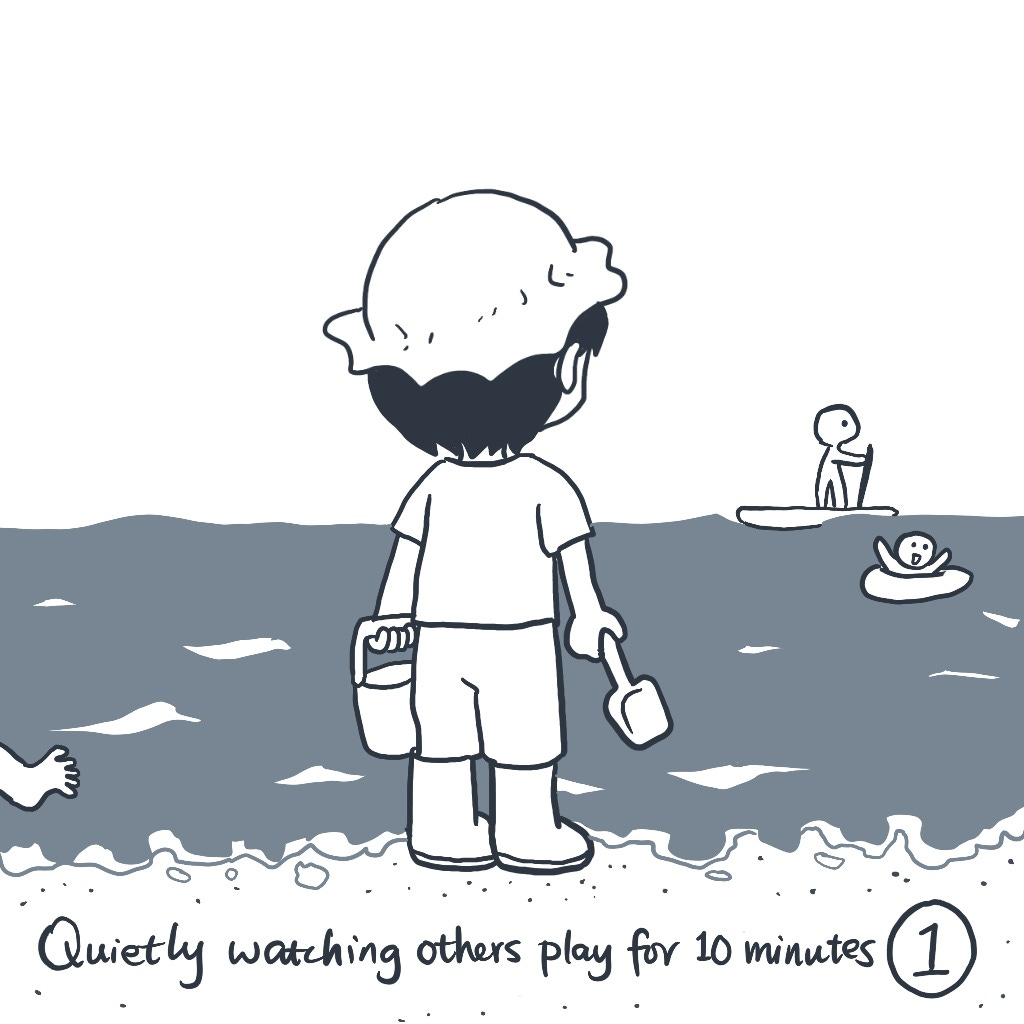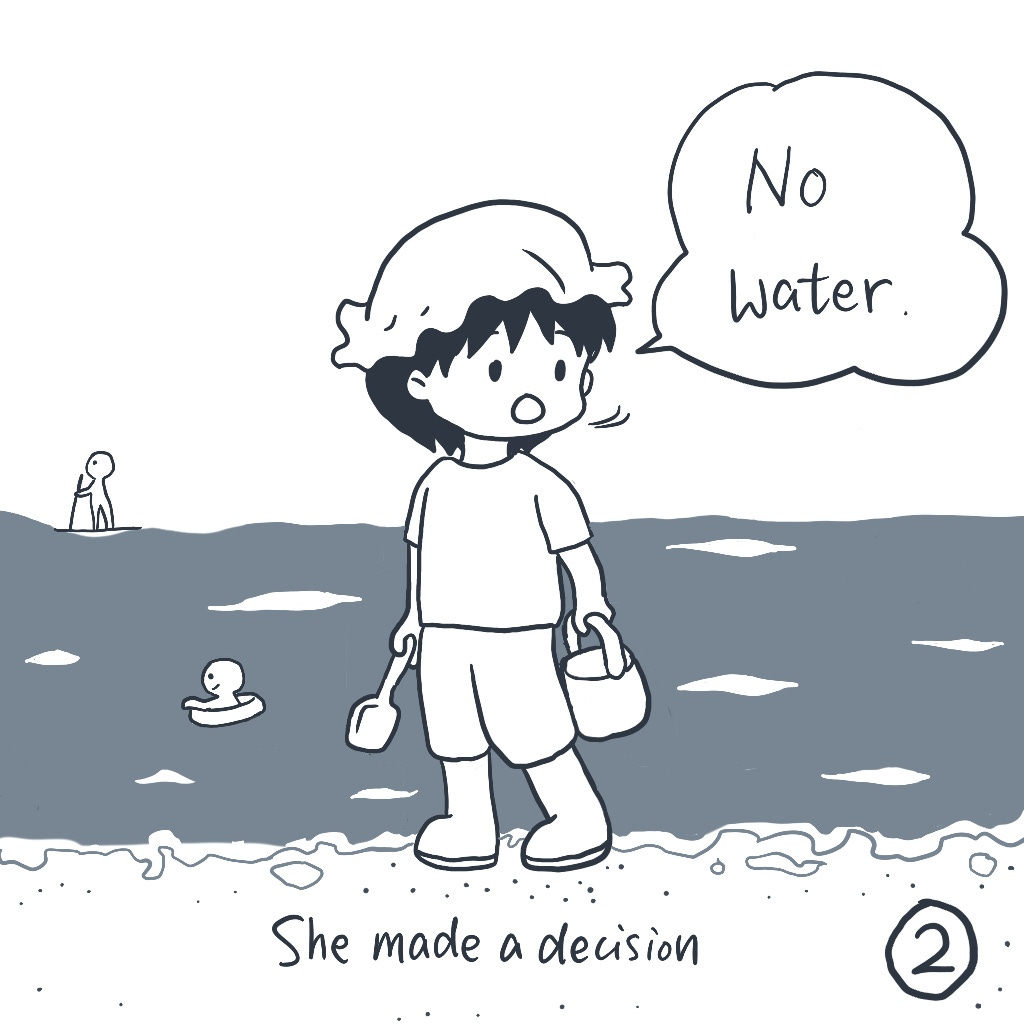Memolines ~ Responding to my child’s “no”: building healthy boundaries together
We all know changing others is difficult, so why do we keep challenging people’s boundaries? What if we could all acknowledge that boundaries exist?
One day I took my toddler to play by the lake. Some older kids were swimming while younger ones splashed around in the shallows. I said, “If you want to play in the water, you can take off your shoes.” She responded with “no.”
After a while, I asked again, “Would you like to take off your shoes and go in the water?” She said, “No.”
What happened next really struck me: she stood by the water’s edge with her little bucket and shovel, quietly watching others play in the water. I sat behind her, watching silently. Time felt so slow—maybe ten minutes.
Suddenly, she turned around and said, “No water.” I said, “That’s fine. Want to come sit with mama?” She sat with me for a bit, then went off to play in the sand.
In that moment, I realized: she was setting a boundary with me, and I chose to respect it.
Every child has their own personality. They won’t like doing everything, or sometimes they’re just not ready for certain activities. When a child clearly says they don’t want to do something, I think they’re communicating a boundary to the adults around them.
Some people don’t understand boundaries—when someone says no, they keep pushing anyway. But acknowledging boundaries is itself a form of respect.
I trust that she can make decisions that are right for her, without me forcing her to do what I think she “should” do as a parent. At the lake, I didn’t pressure her to get in the water or say, “Look, everyone else is playing—why won’t you?” If she doesn’t feel comfortable, then the activity has no meaning for her. Her decision surely had reasons.
Some might worry: doesn’t this kind of “respect” spoil children? Won’t it make them willful? Let me be clear: respecting boundaries doesn’t mean having no rules. Some things are non-negotiable, especially safety issues. Using car seats, holding hands when crossing streets, not hitting others—these aren’t choices. Boundaries exist within reasonable limits. We’re giving children the right to express their preferences within a safe, reasonable framework, not the privilege to do whatever they want.
We see this boundary-pushing everywhere: a child says they don’t want to eat something, and parents keep coaxing, “Just one bite.” A child acts shy in an unfamiliar environment, and parents force them: “Say hello to auntie! How rude!” When someone clearly says “no,” others continue to challenge it, seemingly trying to flip that “no” into a “yes.”
We all know changing others is difficult, so why do we keep challenging people’s boundaries? What if we could all acknowledge that boundaries exist? What if we accepted that some things don’t need to be done now, can be done later, or might never be done at all?
I used to not know how to respond when people challenged my boundaries, but I’ve become more aware of this recently. Now when I don’t want to do something, I say so clearly. I’ve become more confident, and I don’t want to say what others want to hear just to please them. I think this is especially important for my daughter—as a girl, she needs to have her own clear viewpoint and express it.
If we always say what others want to hear, people will think our boundaries are easily pushed, leading to more challenges. People who truly respect us know when to stop.
This respect starts with how we treat our children. Everyone is an individual. When we teach children from an early age to both express their own boundaries and respect others’ boundaries, we’re raising someone with more empathy and understanding of respect.



